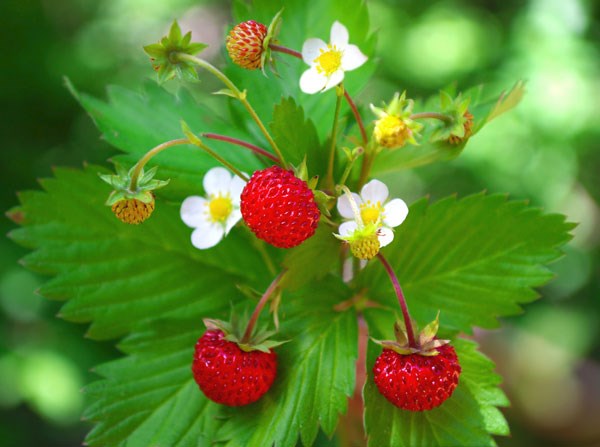http://easss.com/travel/hotel/agoda

Alpine strawberry has an undeserved reputation among home gardeners as hard to grow from seed, often with rumors of long and sporadic germination times, cold pre-chilling requirements, etc.In reality, with proper handling of the very small seeds (which can easily be washed away with rough watering), 80% germination rates at 70°F within 1–2 weeks are easily achievable.
Typical habitat is along trails and roadsides, embankments, hillsides, stone- and gravel-laid paths and roads, meadows, young woodlands, sparse forest, woodland edges, and clearings. Often plants can be found where they do not get sufficient light to form fruit. In the southern part of its range, it can only grow in shady areas; further north it tolerates more sun. It is tolerant of a variety of moisture levels (except very wet or dry conditions). It can survive mild fires and/or establish itself after fires.

Although F. vesca primarily propagates via runners, viable seeds are also found in soil seed banks and seem to germinate when the soil is disturbed (away from existing populations of F. vesca).
Evidence from archaeological excavations suggests that Fragaria vesca has been consumed by humans since the Stone Age. The woodland strawberry was first cultivated in ancient Persia where farmers knew the fruit as Toot Farangi. Its seeds were later taken along the Silk Road towards the far East and to Europe where it was widely cultivated until the 18th century, when it began to be replaced by the garden strawberry, (Fragaria × ananassa), which has much larger fruit and showed greater variation, making them better suited for further breeding.

Woodland strawberry fruit is strongly flavored, and is still collected and grown for domestic use and on a small scale commercially for the use of gourmets and as an ingredient for commercial jam, sauces, liqueurs, cosmetics and alternative medicine. In Turkey hundreds of tons of wild fruit are harvested annually, mainly for export.
No comments:
Post a Comment